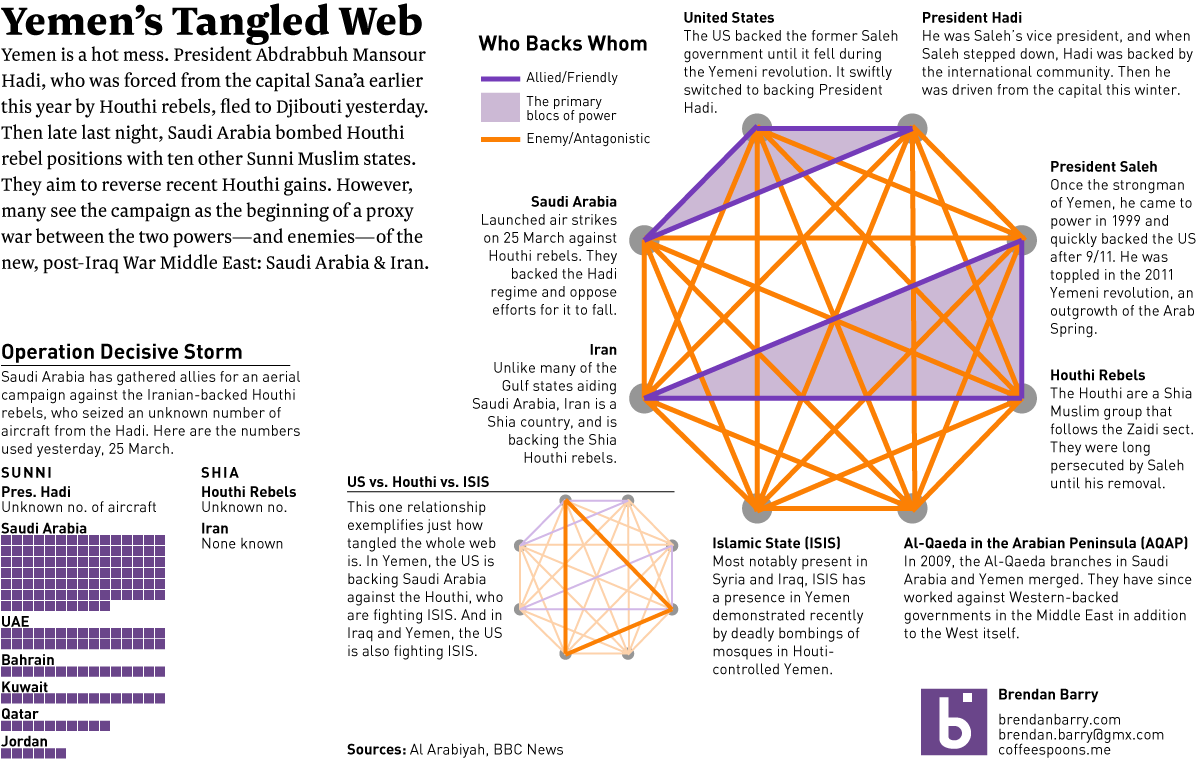One of the things we missed covering last week whilst I was on holiday? The dust up in the Gulf of Oman, located near the Strait of Hormuz, where two foreign ships were attacked by mines or other explosive devices. The United States blames Iran and, of course, Iran denies it. The thing is, an inordinate amount of oil flows through the Strait, connecting the petroleum-driven economies of the West to the instability in the Middle East. Thankfully we have a graphic from the Guardian to explain just what is going on there.

The above is a screenshot from the article, one of several graphics. There is a stacked bar chart showing the total volume of oil in transit, and the Strait’s share of it. Spoiler: it’s significant. We all know how I feel about stacked bars: not the biggest fan.
There are, of course, locator maps showing the locations of the attacked ships. We also have some photographs showing the damage inflicted upon the tankers, as well as some evidence of what the US claims is Iranian activities. (Side note: isn’t it great that when the US really wants the world to trust its intelligence agencies the White House has been doing nothing but trashing said intelligence agencies?)
The above, however, is a simple map showing the political fault line in the Middle East. It gets to the heart of the potential conflict here being not a US vs. Iran war, but a Saudi Arabia vs. Iran war. After all, relations between the Saudis and the Trumps have warmed significantly since the Obama administration. And not shown in the map is the role of Israel, which, again has seen a significant warming in relations between Trump and Netanyahu, and which has also been quietly supporting Saudi Arabia in its undeclared war against Iran, to date fought only with proxies, most notably in Yemen.
In other words, the Middle East is a complicated and complex tinder box, built next to a few nuclear reactors, all of which just happen to sit atop vast reserves of oil and natural gas. So the best thing to do? Clearly start exploding things.
Credit for the piece goes to the Guardian graphics department.



